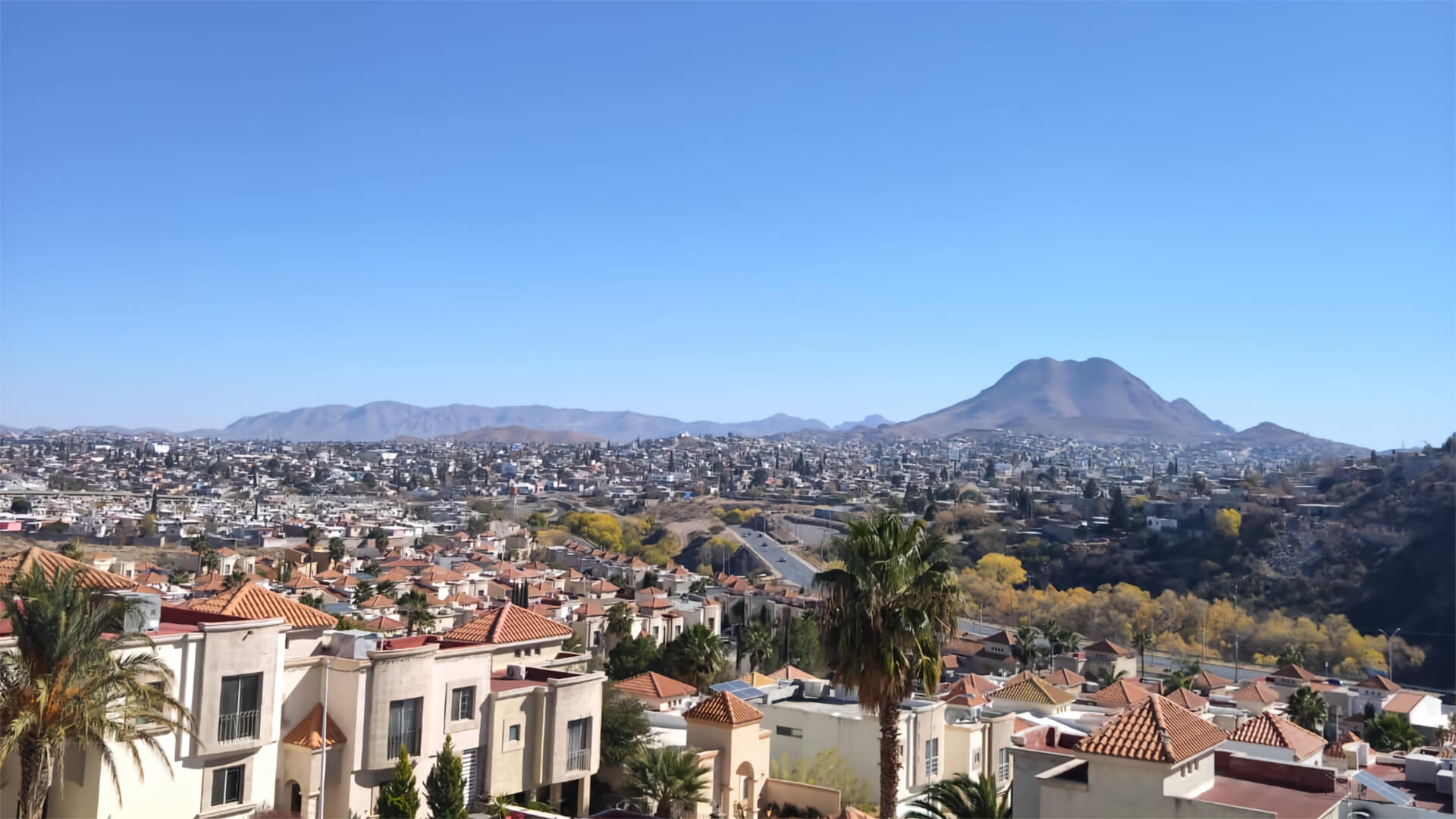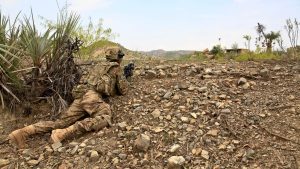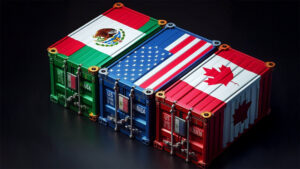I’m overlooking the city of Chihuahua, Mexico as I record today’s video. This city is just one of many that is preparing for a post-China world, and you can probably hear all that preparation going on in the background…
Since China – aka the world’s manufacturer – is vacating its throne, the US is on the lookout for alternatives. Chihuahua is well-positioned to step into a prominent role. That’s all thanks to integration with the US economy, an industrial focus, and being landlocked.
The city has become specialized in industries like aerospace and mid-tier semiconductors, making Chihuahua highly productive and affordable. As industrial expansion continues, expect to see this city come up a whole lot more…
Here at Zeihan on Geopolitics, our chosen charity partner is MedShare. They provide emergency medical services to communities in need, with a very heavy emphasis on locations facing acute crises. Medshare operates right in the thick of it, so we can be sure that every cent of our donation is not simply going directly to where help is needed most, but our donations serve as a force multiplier for a system already in existence.
For those who would like to donate directly to MedShare or to learn more about their efforts, you can click this link.
Transcript
Hey, everybody. Peter Zeihan here, coming to you from Chihuahua City in central Chihuahua in Mexico. I just finished a community development presentation, which are some of my favorite because it allows me to kind of crawl inside of an economy and look at it from the inside.
I thought this would be a great backdrop to talk about the future of American industrial development, specifically in terms of what we’re going to do as the Chinese system breaks down.
Right now, the Chinese produce about half of all manufactured goods by value in the world. And as the Chinese demographic bomb collapses and implodes the entire economic system, we’re going to have to find alternatives. Places like Chihuahua City, which are under massive construction right now to help compensate for the coming shortage, are one of the few places that actually are a good fit for the United States.
Not only do we have NAFTA and NAFTA 2, which was negotiated by former president, now future president Trump—so we know it’s something he’s broadly okay with—there’s a proximity issue. Also, a lot of this hard work has already been done.
The northern Mexican states already trade more with the United States than they do with the rest of Mexico.
In many ways, they’ve already become integrated into our economic system, but each of them has their own story. Places like Monterrey, Tijuana, or Juarez are directly across the border from places like the Texas Triangle, San Diego, or El Paso, and so have a more traditional integration story where products go back and forth, and back and forth, and back and forth, doing whatever finishing work needs to be done.
Here in Chihuahua City, it’s a little different.
It’s always been a landlocked state, and Chihuahua City is right in the middle of it. It’s a four-hour drive just to connect to a city of size, and then like a 12-hour drive from there to get anywhere else.
So this is not a city that can integrate in the traditional sense.
They have to do most of the work themselves, which means they go to different industries. Normally, when you have a place like Monterrey or Juarez, you’re going to bring in a degree of American managers and especially American technology in order to plug in labor in the local Mexican community to whatever is across the border in the United States.
Here, that’s not the case. They have to move up the value-added chain to do more value-added themselves and send more finished products and more finished components to whoever the final finisher in the manufacturing chain or final consumer happens to be.
So while they do things like automotive—which, of course, the Mexicans are great at—they also do a lot of aerospace.
And I’d argue that the facilities here are, in many ways, more technologically advanced than what Airbus uses in most of Europe. They also design mid-tier semiconductors, meaning this is one of the few places in Mexico that actually has a knowledge economy.
When it comes to things like semiconductors, they don’t have the population to have a fab plant for themselves, but they take the semi-finished semiconductors that come from a place like, say, Phoenix, and they do the testing and the packaging and incorporate them into intermediate products, which is a much higher value-added process than a mere fab facility.
Put it all together, and Chihuahua City not only has the highest productivity output per hour of input of labor in Mexico, but it’s above that of about a third of the American states, and it’s above that of every single Canadian province.
So while we prepare for a post-China world, places like Chihuahua aren’t only hitting the ground running—they already have a lot of the infrastructure in place.
And the construction you’re hearing is new industrial parks going up left and right.







